Behind the Scenes: Our Remote-First Workflow for Game Art and Production
The game development landscape transformed dramatically after 2020, with remote work shifting from a nice-to-have option to an essential production model. At our studio, we've refined a remote-first workflow that enables our global team to create stunning game art and maintain seamless production pipelines—regardless of physical location. This article pulls back the curtain on our process, sharing the tools, communication protocols, and strategies that have helped us thrive in this new paradigm.
Why Remote-First Is Transforming Game Development
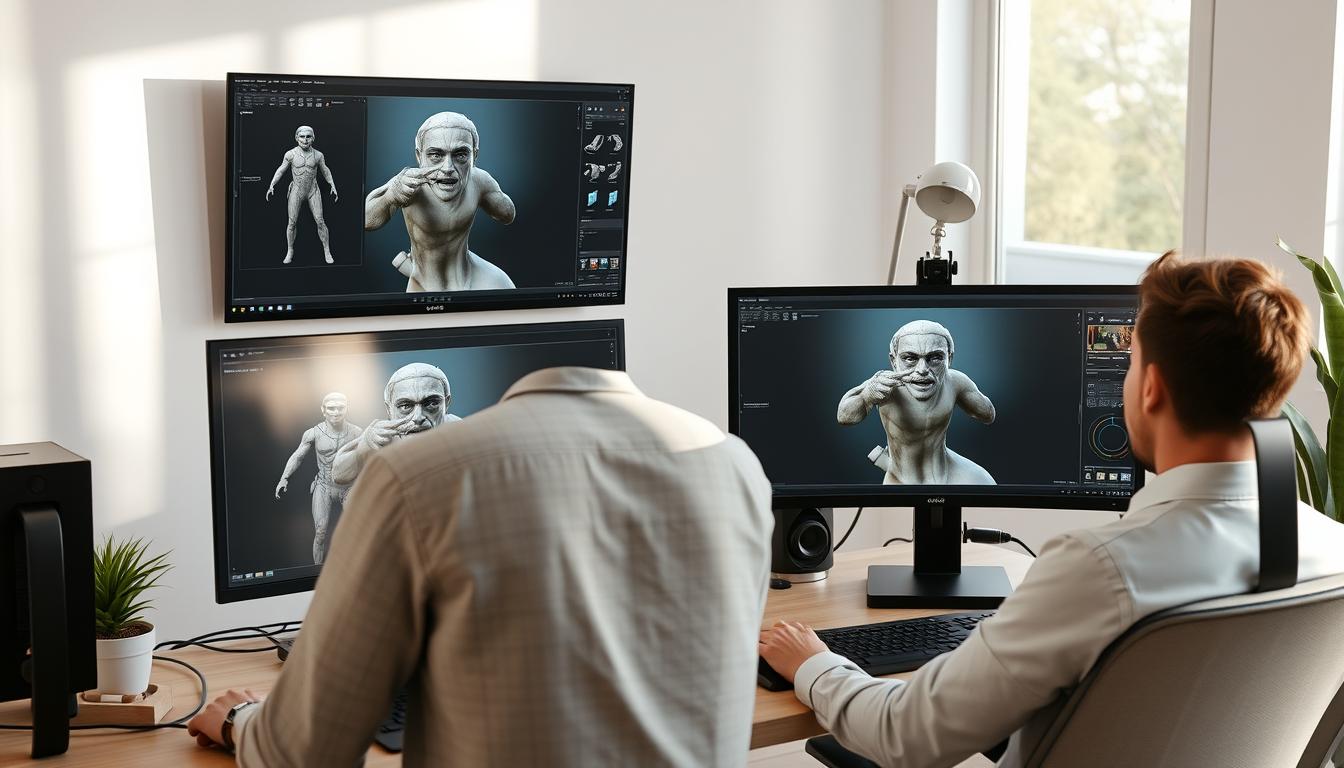
Remote collaboration allows our artists to work together on assets in real-time, regardless of location.
The benefits we've discovered go beyond the obvious flexibility of location:
- Access to global talent without relocation constraints
- 24-hour production cycles across different time zones
- Reduced overhead costs and environmental impact
- Improved work-life balance leading to higher quality output
- Greater resilience against disruptions (from pandemics to local emergencies)
"When we shifted to remote-first, we weren't just changing where we work—we were fundamentally transforming how we approach game art production. The quality and efficiency gains have been remarkable."
— Maria Chen, Art Director
Core Components of Our Remote-First Workflow
Our remote-first workflow for game art and production rests on four foundational pillars that ensure consistency, quality, and efficiency across distributed teams.
Centralized Asset Management
Cloud-based repositories with version control that serve as a single source of truth for all art assets.
Real-Time Collaboration
Synchronous tools that enable artists to work together on the same files regardless of location.
Asynchronous Communication
Clear documentation and feedback systems that function across time zones without requiring simultaneous presence.
Automated Quality Control
Standardized testing and validation processes that maintain consistency across distributed workflows.
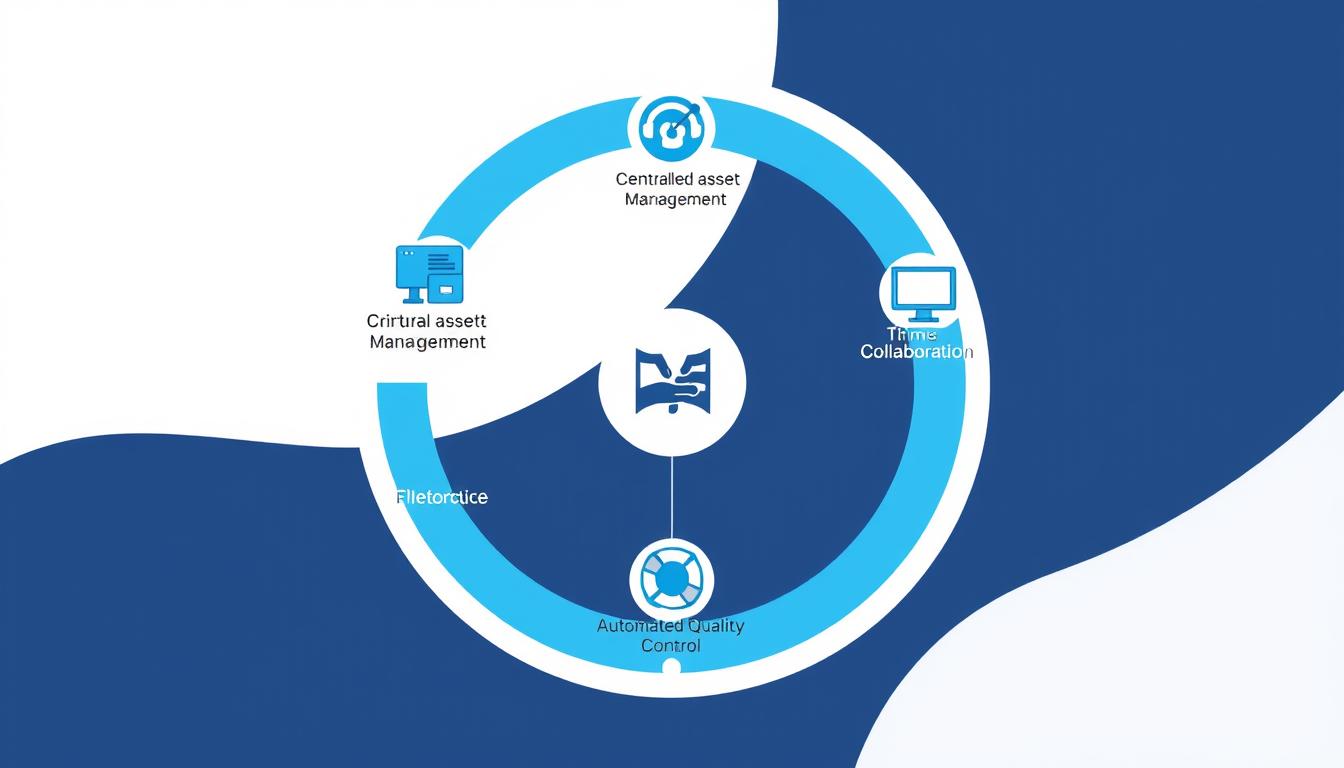
Essential Tools Powering Our Remote-First Pipeline
The right technology stack is crucial for a successful remote-first workflow. Here are the key tools we rely on daily:
Core Platforms
Clear documentation and feedback systems that function across time zones without requiring simultaneous presence.
Meeting and Review Tools
Standardized testing and validation processes that maintain consistency across distributed workflows.
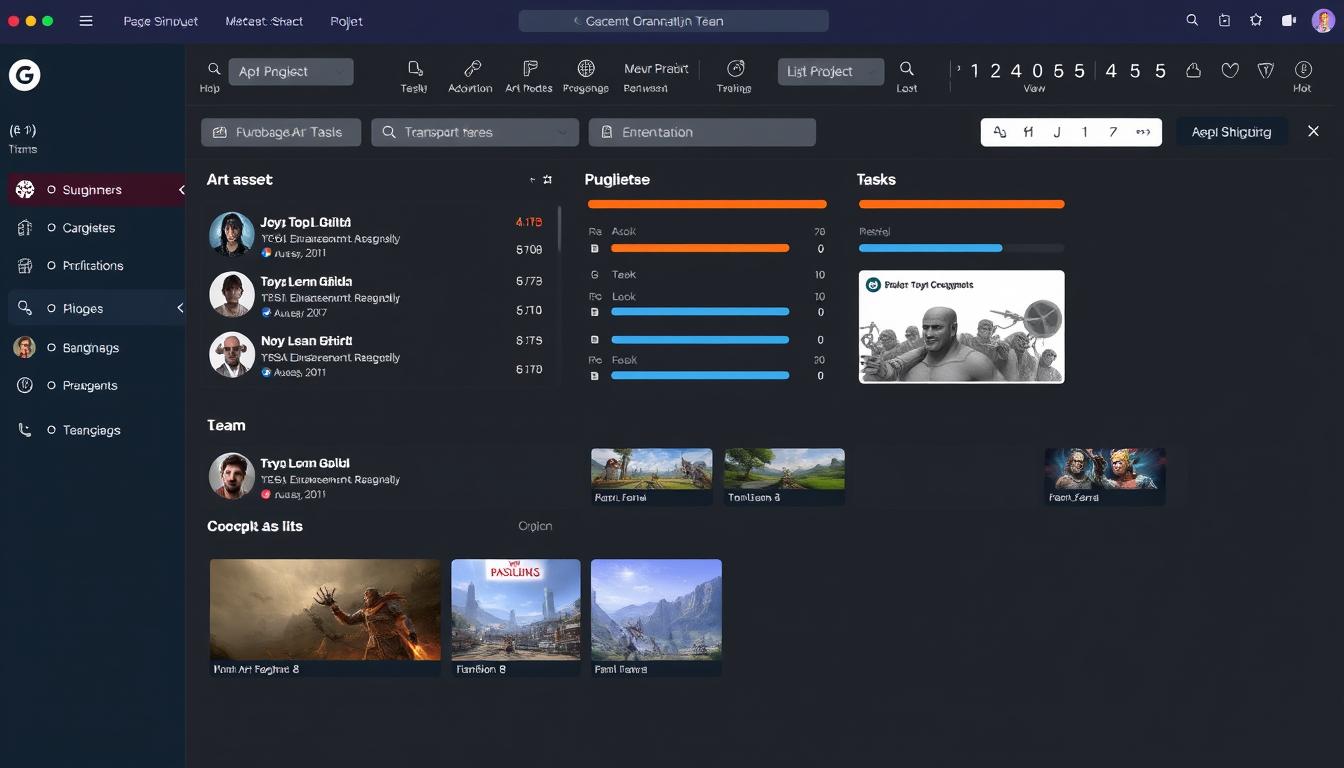
Our customized project dashboard gives instant visibility into asset status across the production pipeline.
Art Creation and Version Control
Core Platforms
- Access to global talent without relocation constraints
- 24-hour production cycles across different time zones
- Reduced overhead costs and environmental impact
- Improved work-life balance leading to higher quality output
- Greater resilience against disruptions (from pandemics to local emergencies)
Meeting and Review Tools
- Access to global talent without relocation constraints
- 24-hour production cycles across different time zones
- Reduced overhead costs and environmental impact
- Improved work-life balance leading to higher quality output
- Greater resilience against disruptions (from pandemics to local emergencies)
Real-Time Collaboration Tools
Review and Feedback
- Access to global talent without relocation constraints
- 24-hour production cycles across different time zones
- Reduced overhead costs and environmental impact
- Improved work-life balance leading to higher quality output
- Greater resilience against disruptions (from pandemics to local emergencies)
Remote Workstations
- Access to global talent without relocation constraints
- 24-hour production cycles across different time zones
- Reduced overhead costs and environmental impact
- Improved work-life balance leading to higher quality output
- Greater resilience against disruptions (from pandemics to local emergencies)

Real-Time Collaboration Tools
Effective communication is the lifeblood of remote-first game art production. We've developed specific protocols to overcome the challenges of distributed teams:
Synchronous Communication Guidelines
- Access to global talent without relocation constraints
- 24-hour production cycles across different time zones
- Reduced overhead costs and environmental impact
- Improved work-life balance leading to higher quality output
- Greater resilience against disruptions (from pandemics to local emergencies)
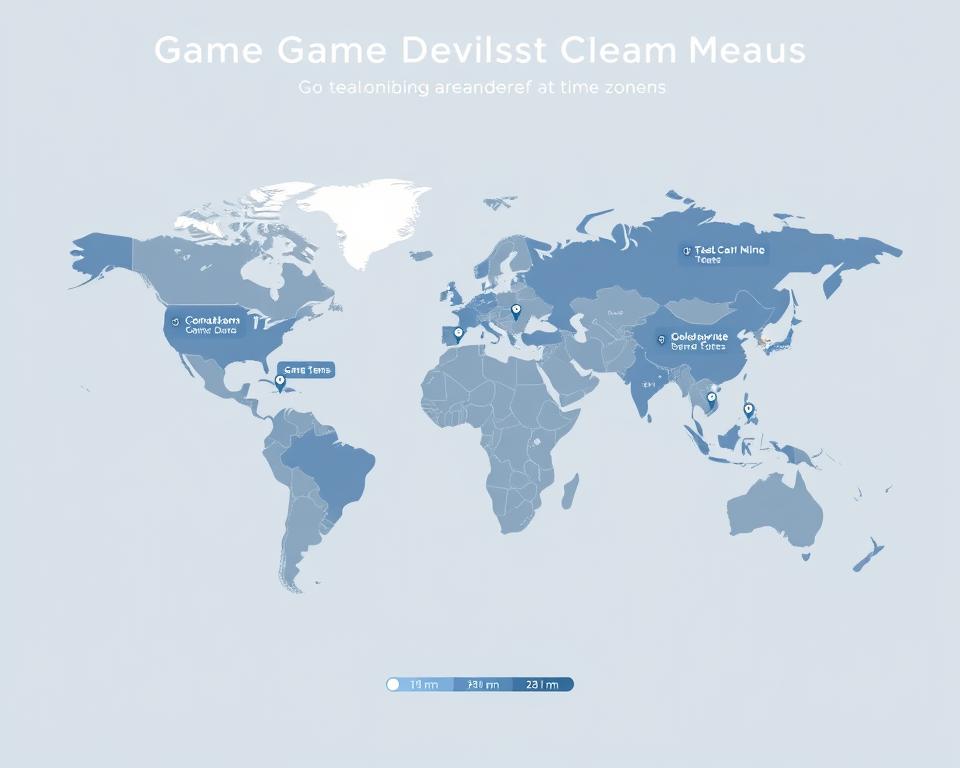
Our global team spans 12 time zones, with carefully planned overlap windows for synchronous collaboration.
Asynchronous Communication Best Practices
- Access to global talent without relocation constraints
- 24-hour production cycles across different time zones
- Reduced overhead costs and environmental impact
- Improved work-life balance leading to higher quality output
- Greater resilience against disruptions (from pandemics to local emergencies)
"Working across time zones forced us to refine our feedback process. We now document everything with such clarity that we rarely need synchronous meetings to resolve questions."
— James Rodriguez, Technical Art Director
File Management and Version Control Strategies
Managing digital assets across distributed teams requires robust systems to prevent conflicts, maintain quality, and ensure everyone has access to the latest files.
Our Asset Naming Convention
| Component |
Format |
Example |
| Project Code |
3 letters |
DRK (Dark Realms Kingdom) |
| Asset Type |
2 letters |
CH (Character), EN (Environment), PR (Prop) |
| Asset Name |
Descriptive |
Warrior, Forest, Sword |
| Variant |
2 digits |
01, 02 |
| Version |
v + 3 digits |
v001, v002 |
| State |
2 letters |
WP (Work in Progress), RV (Review), FN (Final) |
Example full filename: DRK_CH_Warrior_01_v003_WP.blend
Version Control Workflow

Our version control workflow ensures that all changes are tracked, reviewed, and properly integrated.
File Transfer and Syncing
Large file transfers are a particular challenge in game art production. We've implemented several solutions:
- Access to global talent without relocation constraints
- 24-hour production cycles across different time zones
- Reduced overhead costs and environmental impact
- Improved work-life balance leading to higher quality output
- Greater resilience against disruptions (from pandemics to local emergencies)
"Our file management system was the hardest part to get right, but it's been the foundation of our remote success. When everyone knows exactly where to find the latest assets and how to properly version their work, collaboration becomes seamless."
— Alex Thompson, Pipeline Technical Director
Overcoming Latency in Collaborative Sessions
Latency is particularly challenging for real-time collaboration on game art. We've developed several strategies to minimize its impact:

- Access to global talent without relocation constraints
- 24-hour production cycles across different time zones
- Reduced overhead costs and environmental impact
- Improved work-life balance leading to higher quality output
- Greater resilience against disruptions (from pandemics to local emergencies)
Success Stories: Remote-First Projects That Exceeded Expectations
Our remote-first workflow has enabled us to complete several major projects with distributed teams:
Ethereal Legends
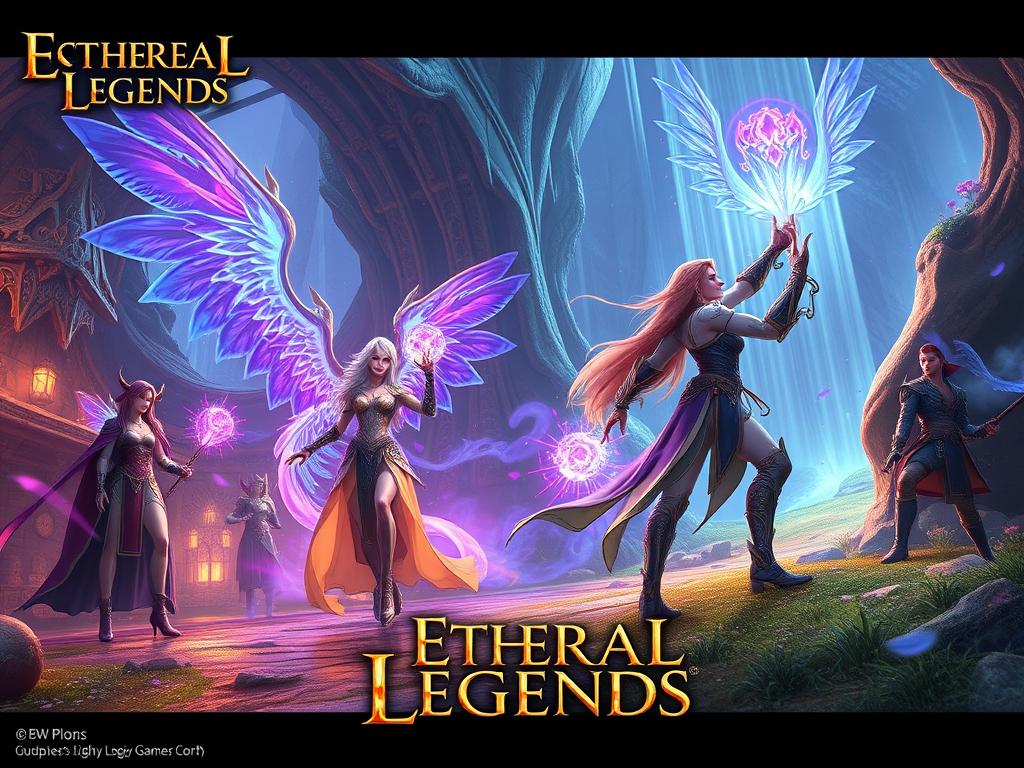
Challenge: 120+ unique character models created by a team spread across 8 countries
Outcome: Completed 2 months ahead of schedule with consistent art style throughout
Mech Dynasty
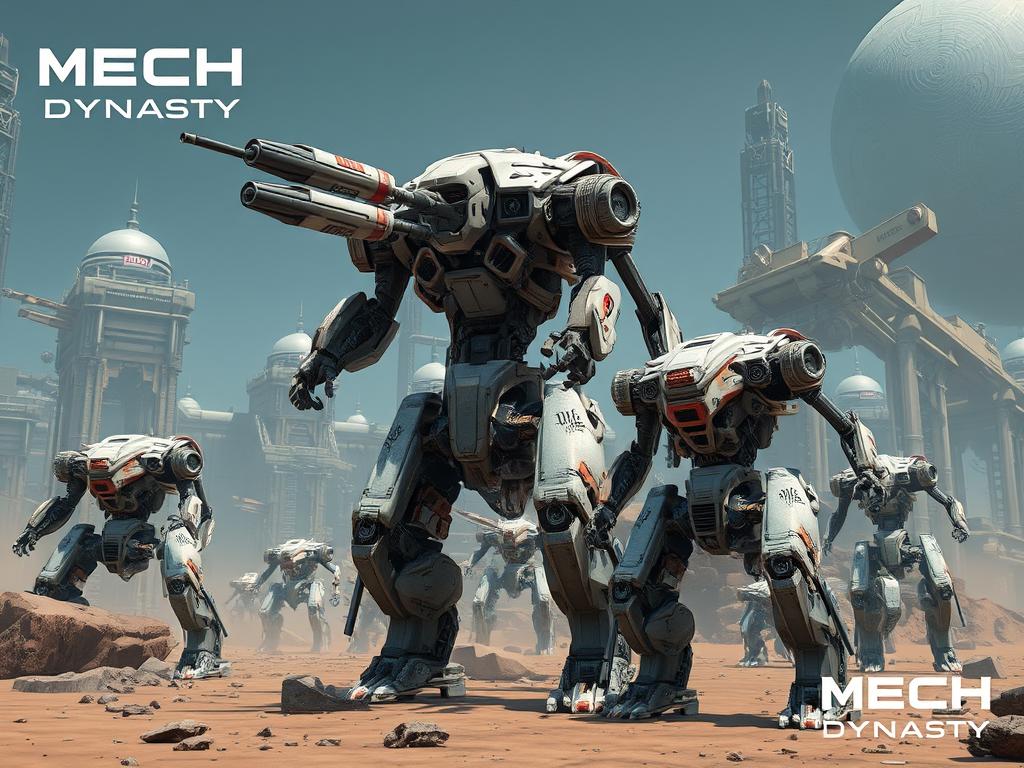
Challenge: Complex mechanical designs requiring precise technical collaboration
Outcome: Achieved higher visual fidelity than originally scoped due to specialized talent access
Verdant Wilds
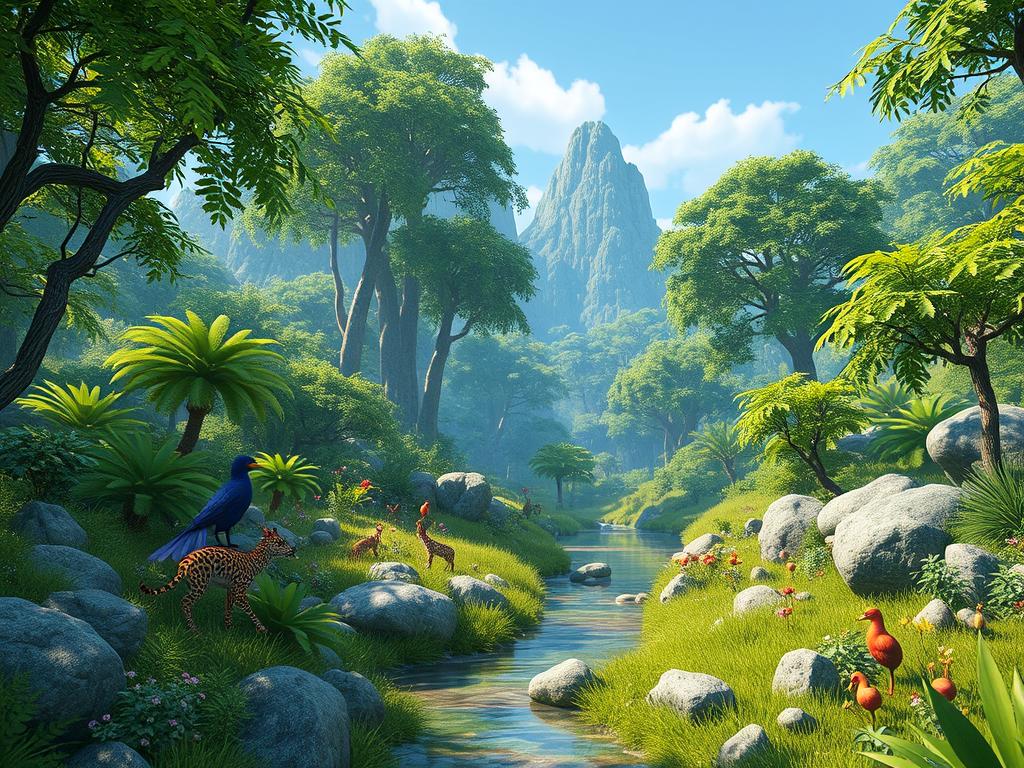
Challenge: Creating cohesive natural environments with distributed environmental artists
Outcome: Won industry award for en
"For Ethereal Legends, we had concept artists in Japan, 3D modelers in Europe, and technical artists in North America. The quality of collaboration was so seamless that most players are shocked to learn the team never met in person."— Sarah Williams, Producer
Resource loading charts visualize how team members are allocated across different tasks and time periods. This tool helps identify potential bottlenecks and ensures that outsourced resources are neither overallocated nor underutilized.
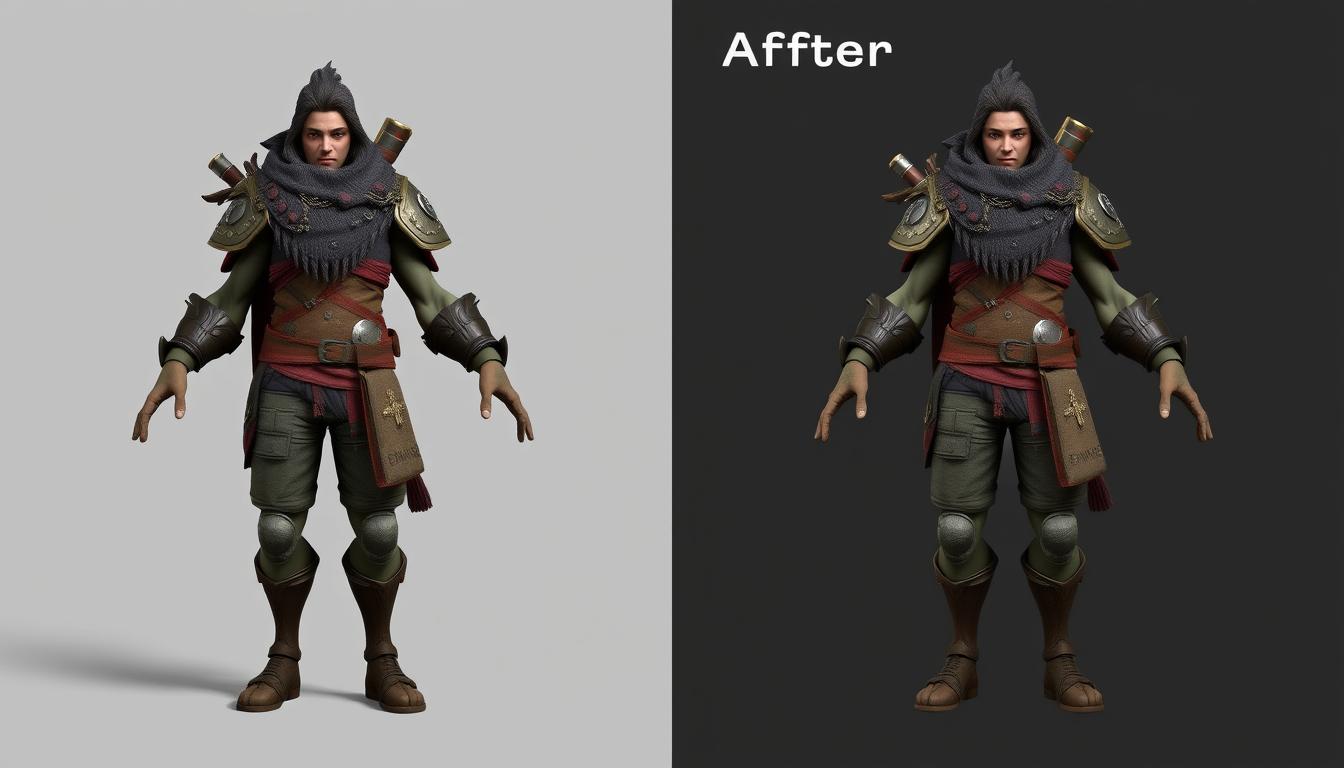
The evolution of our main character for Mech Dynasty, showing the collaborative iteration process across our distributed team.
How Remote Collaboration Enhances Creativity and Efficiency
Counter to initial concerns, we've found that remote-first workflows actually enhance creativity and efficiency in game art production:
Creativity Enhancements
- Access to global talent without relocation constraints
- 24-hour production cycles across different time zones
- Reduced overhead costs and environmental impact
- Improved work-life balance leading to higher quality output
- Greater resilience against disruptions (from pandemics to local emergencies)
Efficiency Improvements
- Access to global talent without relocation constraints
- 24-hour production cycles across different time zones
- Reduced overhead costs and environmental impact
- Improved work-life balance leading to higher quality output
- Greater resilience against disruptions (from pandemics to local emergencies)
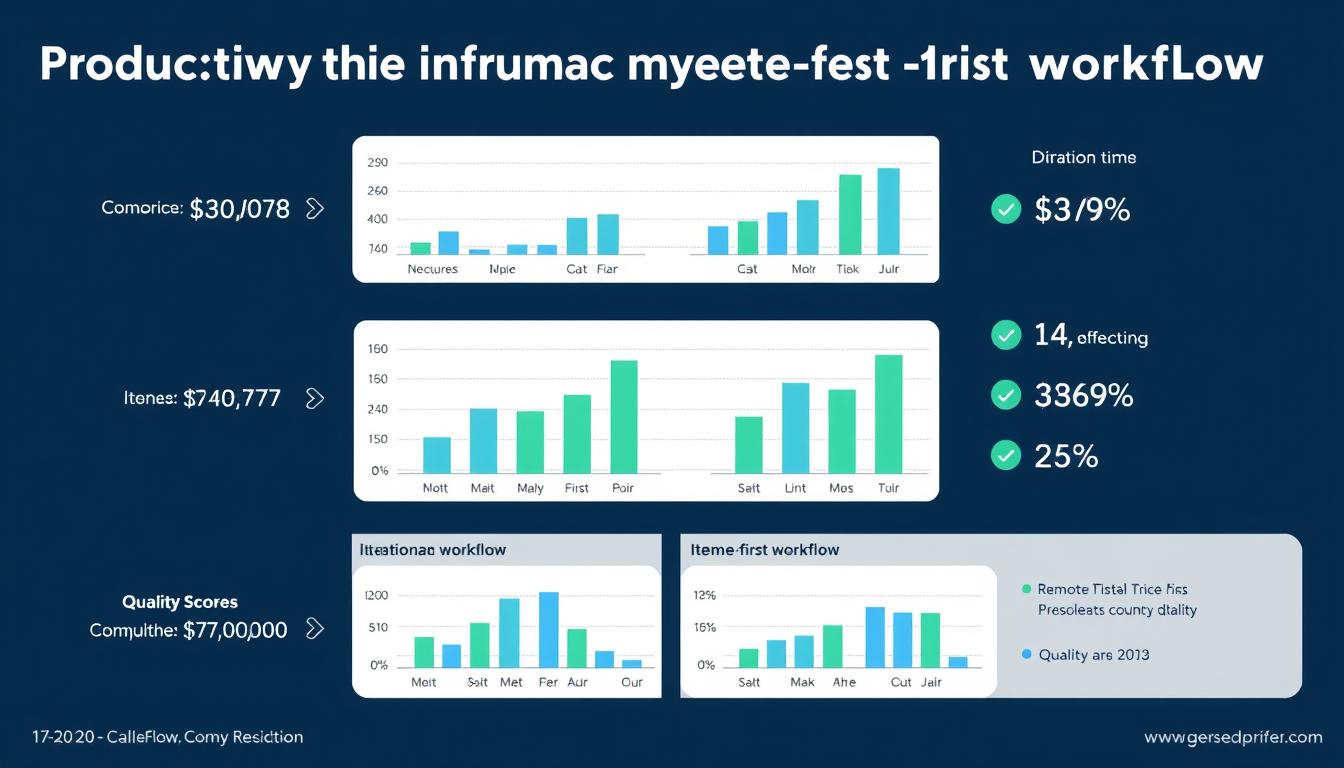
Our data shows a 32% increase in asset production speed and a 24% reduction in revision cycles after implementing our remote-first workflow.
"The asynchronous nature of our workflow has actually improved our creative process. Artists have time to think deeply about feedback rather than responding on the spot, leading to more thoughtful iterations."
— David Kim, Creative Director
Best Practices for Implementing a Remote-First Art Pipeline
Based on our experience, here are key recommendations for studios transitioning to remote-first game art production:
Getting Started
- Access to global talent without relocation constraints
- 24-hour production cycles across different time zones
- Reduced overhead costs and environmental impact
- Improved work-life balance leading to higher quality output
- Greater resilience against disruptions (from pandemics to local emergencies)
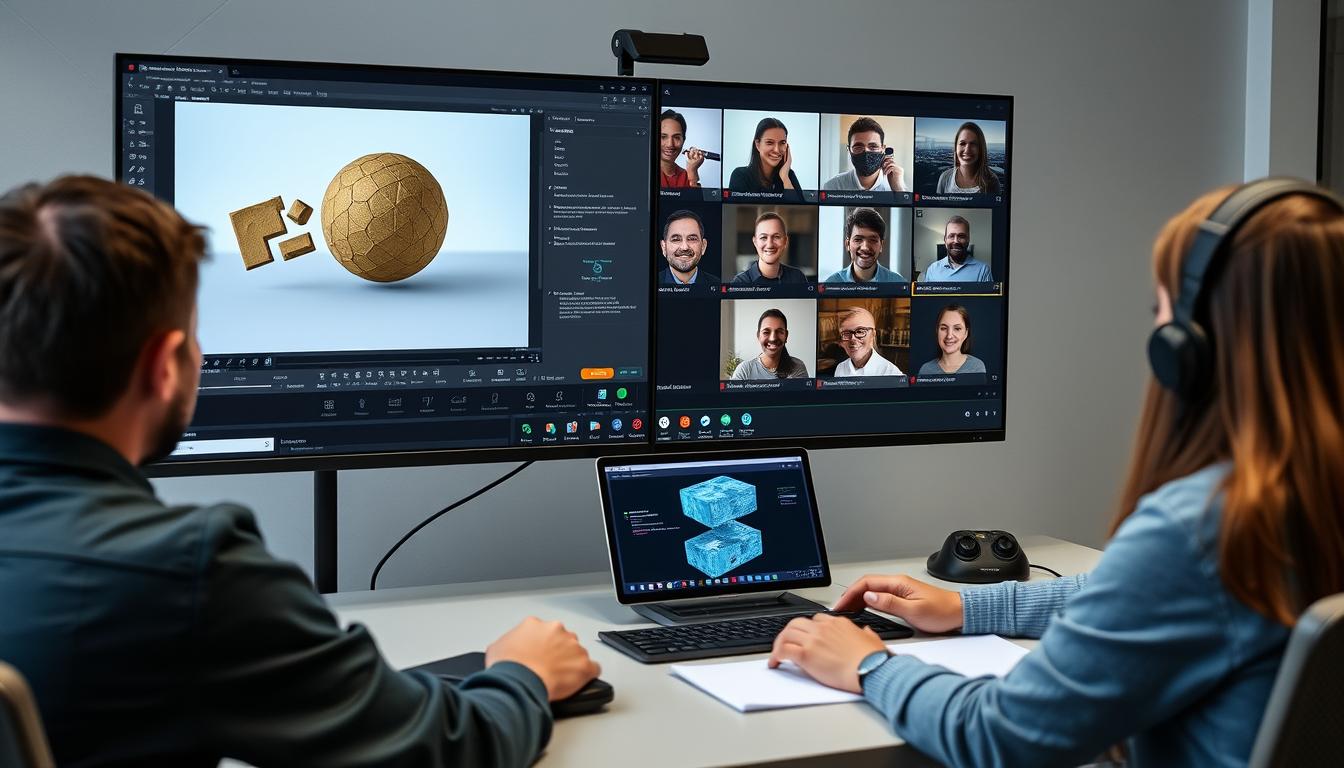
Maintaining Quality and Consistency
- Access to global talent without relocation constraints
- 24-hour production cycles across different time zones
- Reduced overhead costs and environmental impact
- Improved work-life balance leading to higher quality output
- Greater resilience against disruptions (from pandemics to local emergencies)
Building Team Cohesion
- Access to global talent without relocation constraints
- 24-hour production cycles across different time zones
- Reduced overhead costs and environmental impact
- Improved work-life balance leading to higher quality output
- Greater resilience against disruptions (from pandemics to local emergencies)
Future Trends in Remote Game Art Production
As we look ahead, several emerging technologies and approaches will further enhance remote-first workflows for game art production:
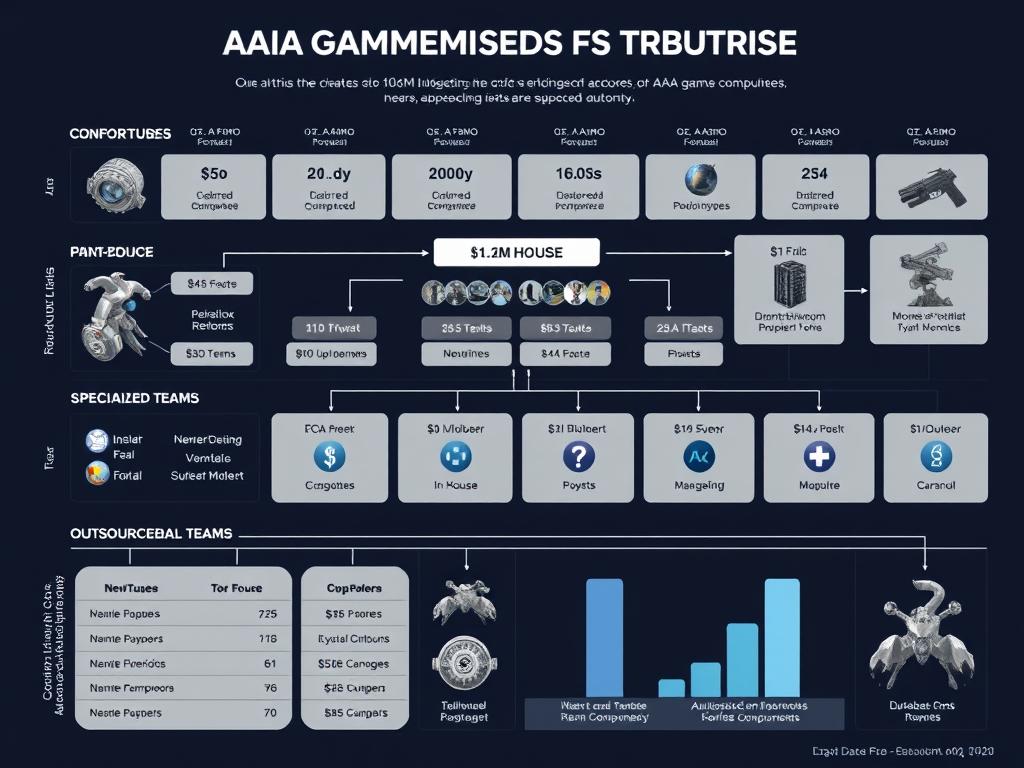
Emerging Technologies
- Access to global talent without relocation constraints
- 24-hour production cycles across different time zones
- Reduced overhead costs and environmental impact
- Improved work-life balance leading to higher quality output
- Greater resilience against disruptions (from pandemics to local emergencies)
Evolving Workflow Models
We anticipate several shifts in how remote game art production will operate:
- Access to global talent without relocation constraints
- 24-hour production cycles across different time zones
- Reduced overhead costs and environmental impact
- Improved work-life balance leading to higher quality output
- Greater resilience against disruptions (from pandemics to local emergencies)
Conclusion: Embracing the Remote-First Future
The shift to remote-first workflow for game art and production represents more than just a response to global circumstances—it's a fundamental evolution in how creative teams collaborate. By embracing distributed teams, asynchronous communication, and cloud-based tools, we've discovered new levels of efficiency, creativity, and talent access that weren't possible in traditional studio environments.
The challenges are real, from technical hurdles to communication complexities, but the benefits far outweigh the difficulties. As our case studies demonstrate, remote-first game production can deliver exceptional results while providing team members with improved work-life balance and creative freedom.
As technology continues to evolve, the gap between in-person and remote collaboration will narrow further, opening even more possibilities for distributed game art production. The studios that master these workflows now will be well-positioned to thrive in an increasingly borderless creative landscape.
Ready to Optimize Your Remote Game Art Pipeline?
Download our free Remote-First Workflow Checklist for Game Art Production. This comprehensive resource includes setup guides, communication templates, and quality control protocols we've refined through years of distributed team management.
Download Free Workflow ChecklistFrequently Asked Questions
We recommend a minimum of 100 Mbps download and 20 Mbps upload for most game art tasks. For high-poly modeling and texture work, higher speeds are beneficial. More important than raw speed is connection stability—we use connection monitoring tools to identify team members who might need alternative solutions.
Our security approach includes end-to-end encryption for all transfers, watermarked assets, granular access controls, secure VPN connections, and regular security audits. We also use digital rights management for particularly sensitive content and maintain detailed access logs for all project files.
New team members go through a structured two-week onboarding process that includes tool training, workflow documentation review, pairing with an experienced team member, and a small test project. We’ve found this gradual immersion approach results in faster productivity and fewer mistakes than immediate assignment to production tasks.
We rely on comprehensive style guides, regular art direction reviews, reference libraries, and clear approval pathways. Our art directors also create video walkthroughs of exemplary assets to demonstrate the desired aesthetic and technical standards. Weekly art reviews ensure all work maintains consistency with the project vision.
















